Buddhist Hong Kong is not the first place to seize the day, nor is it the first to enter the new year every year. As it turns out, that distinction goes to the giant atoll of Kiritimati ("Christmas Island") 6,075 miles east in the middle of the South Pacific.
By the way, What is time? Can we call Kiritimati and ask what the future is like? No because although it is technically the human future, all time is now and only ever is now. What will happen is open. What is is, whatever "time" we see it. The sun won't look the same to us as it did to them. The sun always looks that way; the differences are accounted for by what is occluding it, such as weather, which is local. Do the Kiritimatians know what someone will do in the future? NO, it's nothing like that. What we call a time anywhere in the world depends on a lot of things rather than time. But what is "time"? The arbitrary naming of sunlight, the phase of the moon, the seasons? All are marking, and our internal running clocks are something else. How do we know what time it is? If we mean what it says on the measure we've agreed to agree on, that's one thing, but beyond that, it is quite unreal.
KIRITIMATI sits 144 miles (232 km) north of the equator, 1,340 miles (2,160 km) south of Honolulu, and 3,330 miles (5,360 km) from San Francisco. Kiritimati is in the world's farthest forward time zone, UTC+14, and is therefore one of the first inhabited places on Earth to experience New Year's Day. (See also Caroline Atoll, Kiribati). Although it sits 1,530 mi (2,460 km) east of the 180th Meridian, the Republic of Kiribati realigned the International Date Line in 1995, placing Kiritimati to the west of the dateline. More
New Years fireworks: Hong Kong rings in 2025 | LiveNOW from FOX
(LiveNOW from FOX) Dec. 31, 2024: Happy New Year, Hong Kong! Hong Kong welcomes in 2025, with a dazzling display of fireworks over the iconic Victoria Harbor. Raw and unfiltered, watch a non-stop stream of breaking news, live events, and stories from across the nation with limited commentary and no opinion. Experience LiveNOW from FOX.
How did China get its uniquely amalgamated (Brahminical, Hindu, Mahayanist, Taoist, Confucian, shamanic) form of Buddhism? Their view of the "Dharma" came in missionary waves launched from China to the Holy Land (India/Afghanistan), in what is strangely known as the figure the Monkey King and the novel The Journey West. Chinese pilgrims traveled to the origin of the Dharma and brought it back, but they unknowingly brought back much more, already watered down and syncretized with the Old Vedic religion, Brahmanism, and various uniquely Indian forms of spirituality. Great pilgrims really did the journey and come back with many texts, sutras and Agamas. That is one reason why Mahayana Buddhism and Hinduism are so much alike.
Due to the tilt, axis, procession, and spiraling of our little but very bright sun (said in the ancient Indian cosmologies of the Old Vedic religion, Hinduism, Buddhism, and Jainism to be the same approximate size as the moon, which follows after it), though mostly due to the politically motivated timelines of longitude, latitude, and the boundaries of countries, it is already 2025 in Buddhist Hong Kong. (Yeah, yeah, yeah, we know; our Sol is just coincidentally 400 times bigger and 400 times farther away than our Luna, right, right, quite a coinkydink we are forced to accept as irrefutable science fact no matter what mystic seers and the world religions have to say about our little world-system here). Australia's next and is already in full celebration mode in Sydney Harbor. It happens every year. They beat us to the punch. New Year’s Eve parties worldwide for an epic start to 2025
- LiveNowfromFox; AP; Global News, Dec. 31, 2024; CC Liu, Crystal Q., Seth Auberon (eds.), Wisdom Quarterly






















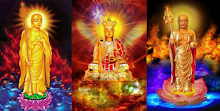



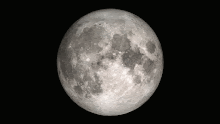






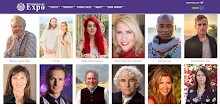








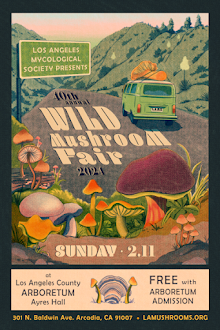

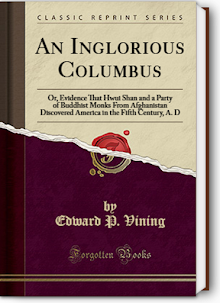


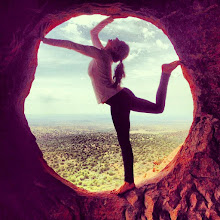
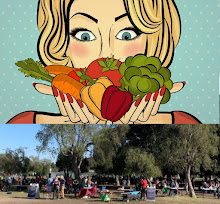
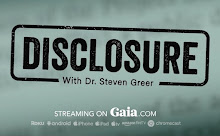








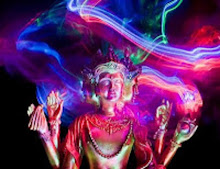


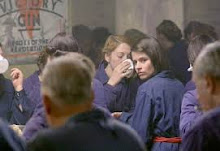






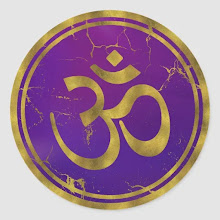
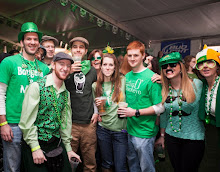




















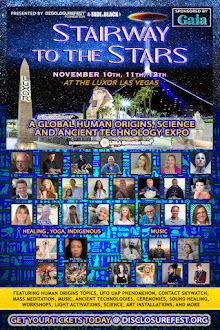









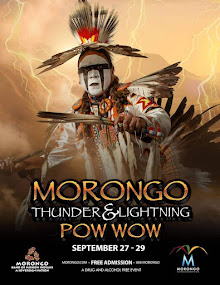
















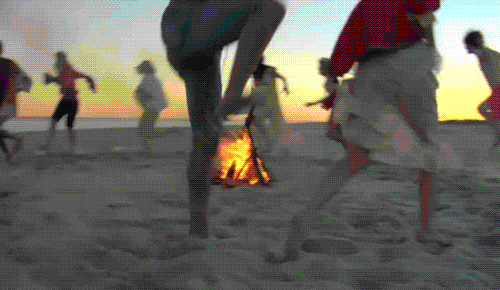





























































































































No comments:
Post a Comment